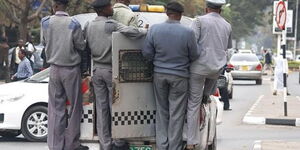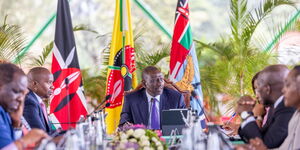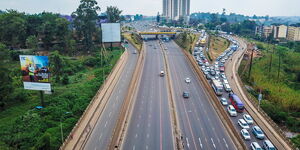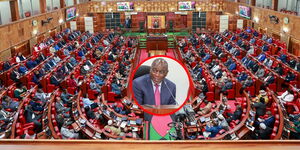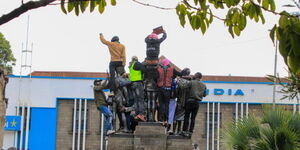Upon the announcement of the late President Mwai Kibaki's death on Friday, April 2022, President Uhuru announced that the fallen Head of State would be accorded a state funeral with full military honours.
Just like Mzee President Jomo Kenyatta and President Daniel Moi, Kibaki's funeral will take the same procedure as explained by Brigadier (Rtd) Ahmed Mohammed.
The former military man explained that the procedures are contained in the Standing Operational Procedures (SOP) for the military.
"We just don't stand up and decide how a state function is carried. All these are contained in a Standing Operational Procedures (SOP) and are documented. All state funeral takes the same procedure.
We have the proclamation, the lying in state, the procession, the national holiday, and the parade and they are all the same. Only the locations can change," he stated.
Proclamation
Unlike other government officials, the announcement of an individual who has served as Head of State is done by the sitting president through a presidential proclamation.
While addressing the media during the public viewing of President Mwai Kibaki's body, his daughter-in-law revealed that the family was not mandated to make an announcement adding that the government took over the moment he passed on.
"Well, it was a decision of the family because we already knew it was coming to an end. We decided to incorporate the Head of State who is the rightful person to announce it because as a family, we do not have the jurisdiction," she explained.
Upon the demise, military officials take charge of the body and will often be seen at the morgue where the body is resting even as the government plans for the funeral.
Lying in state
This was a tradition that was adopted after the demise of the founding president Mzee Jomo Kenyatta. Upon the death of a Head of State, their body is usually taken to a State building for public viewing. This is usually done to honour them for their service to the country.
In this case, the military takes charge of the procession - transportation of the body from the morgue to a state building, mostly parliament buildings. This is usually done using a special military vehicle, often a gun carriage.
Additionally, the body is usually accompanied by pallbearers who are usually military officers serving in the rank of a Colonel. The pallbearers also change every two hours to enable them to take a rest from the high demanding activity of standing at attention.
"We also have a standard which is different for every president. The president has the choice to pick their colours. The key importance of that flag is that it announces the presence of the Head of State. It can not be fled up when he is not there. It is removed when he leaves," Mohammed stated.
Upon arrival, various military customs are performed such as prayer among others. This ceremony is graced by the sitting president before the public is allowed to view the body. The body then lies in state for two to three days to enable the public to pay their last respects.
State Funeral Service
After the public viewing in Parliament, an interdenominational prayer service is organised in a public space to celebrate the life of the President. This event is usually led by the Commander in Chief.
President Daniel Moi's funeral service was held at Nyayo Stadium in 2020. The same venue will also host the funeral service of former President Mwai Kibaki on Friday, April 29.
After the service, the burial rites begin with transportation to the burial site. The place where the fallen President is buried is determined by the State in consultation with the family.
Kenya's founding President Jomo Kenyatta was embalmed and interred at the Mausoleum in Parliament while Moi was buried at his Kabarak home. President Mwai Kibaki on the other hand will be buried at his home in Othaya, Nyeri County.
Additionally, during the burial service, a 19 gun salute is also observed to honour the fallen president out of office.




